Buy How to Play Piano Course at GBesy. We actively participate in Groupbuys and are committed to sharing knowledge with a wider audience. Rest assured, the quality of our courses matches that of the original sale page. If you prefer, you can also buy directly from the sale page at the full price (the SALEPAGE link is directly provided in the post).
 Blending music theory and history with hands-on examples and step-by-step instruction, Professor Pike takes you on a journey File size: 2.84 GB
Blending music theory and history with hands-on examples and step-by-step instruction, Professor Pike takes you on a journey File size: 2.84 GB
How to Play Piano course with special price just for you: $334 $57
How to Play Piano
Music is a universal language, and the piano is the ideal instrument to bridge the gap from listener to player. From folk melodies and holiday tunes to challenging classical forms or jazzy improvisation, the piano is also one of the most versatile instruments you can learn, allowing both melodic lead and harmonic accompaniment. Yet, too many people who want to play don’t know where to begin—or believe playing requires too much investment of time and tedious practice—so they miss out on the joys that playing even a simple melody can bring.
It’s a myth that in order to play the piano, would-be students require years of private instruction along with hours of tedious exercises. While it’s true that mastery of the piano is a lifelong process, anyone can learn to play a recognizable tune in a matter of minutes—and with the right guidance and a little encouragement, those first simple notes can put you on the path to one of life’s richest experiences.
How to Play Piano is your opportunity to pick up the marvelous skill of playing the piano. Taught by acclaimed pianist Professor Pamela D. Pike of Louisiana State University, these 36 accessible lessons give you the building blocks you need to go from an interested novice to an expressive and talented player, whether you have a grand piano or a simple electronic keyboard to work with.
Blending music theory and history with hands-on examples and step-by-step instruction, Professor Pike takes you on a journey from learning how to sit at the piano in the first place to inverting chords, arpeggios, sight-reading, and much more. The secret to this course is that Professor Pike invites you to learn by playing. You will be at the piano from minute one—and, in fact, you will learn how to play a melody from Beethoven’s Ode to Joy by the end of the first lesson.
Among other things, you will:
- Learn basic scales and chords, and how to adapt them;
- Walk through simple, easy-to-play practice pieces, ranging from popular standards to holiday staples;
- Gain insight into the basic structure of music, how to build a harmony, and how to improvise;
- Hone your ability to play “by ear” and sight-read music notation; and
- Explore a range of different styles, which are all accessible and suited for the piano, from classical masterpieces to jazz, folk, blues, and even rock ’n’ roll.
One of the best things about this course is that it is entirely self-guided. Professor Pike not only takes you through the basic foundations and advanced techniques of piano playing, she also teaches you how to practice and gives you assignments to work on between each lesson. After 36 lessons, you will come away from How to Play Piano armed with a tremendous skill set—as well as the confidence and know-how to continue your journey for years to come.
Take a Step-by-Step Approach to Your Practice
Like any new skill, learning to play the piano will ask you to step outside your comfort zone and embrace becoming a novice. Fortunately, you won’t feel like a novice for long thanks to Professor Pike’s able guidance. From the very start of these lessons, you will be seated at the piano, ready to practice the basic finger patterns of C major. Building on previous lessons with each new piece of information, you will discover the ins and outs of:
Get How to Play Piano download
- Major and minor scales and arpeggios;
- Chords, chord progressions, and inversions;
- Rhythm patterns and tempo;
- Notation and sight-reading;
- Harmonization;
- Syncopation;
- Articulation and artistic expression;
- Musical forms; and more.
Along the way, Professor Pike offers numerous examples to bring these concepts to life. For instance, one common primary chord progression is the I-IV-V-I pattern (tonic, subdominant, dominant, and return to the tonic). After showing you this pattern in one lesson, she revisits it in the next lesson, showing how this progression is used in the basic 12-bar blues.
As a veteran teacher, Professor Pike knows learning these new skills is not always easy—and she anticipates potential challenges. After playing around with the primary chord progression, for example, she pauses to note a few common pitfalls: Were your right-hand notes steady and even? Did your left hand play precisely with the right hand? How is the balance between your right-hand melody and your left-hand accompaniment?
Professor Pike offers practice tips such as these in every lesson. Overhead camera angles and clear on-screen graphics demonstrate what she is performing to make it easy to follow. At the end of each lesson, Professor Pike closes with a list of recommended exercises to work on. This blueprint will help you embed the new concepts between lessons, so you always have “the next step” to work on.
Survey the History and Theory of Piano Music
While How to Play Piano is a practical, hands-on course, you will also gain an immense knowledge of music theory and history. Indeed, playing an instrument is arguably the best way to study theory, because you’ll see and hear ideas in action. As you progress through this course, Professor Pike surveys the major musical periods of piano music, spotlighting what makes each period unique, including an in-depth look at the:
Baroque Era (1600-1725): “Piano” music from this era was written for instruments such as harpsichords and clavichords, but it translates well to the modern piano. From fugues to canons, survey some of the important pre-Classical forms.
Classical Period (1725-1800): The piano as an instrument came into its own in this era, allowing for exciting nuances of artistic expression. Explore one of the period’s most important forms: the sonata-allegro
Romantic Era (1800-1910): Artistic expression took a giant leap forward in the era of Beethoven, Chopin, Liszt, Brahms, and Schumann. Enhance your repertoire with several Romantic masterworks.
Modern (20th and 21st centuries): “Modern” music encompasses a great deal, from programmatic pieces to computer-generated sounds and percussive techniques. Review several trends from the past century.
Following this survey of music history, you will have a toolkit of approaches to playing the piano, from the rigors of the Baroque to the expressiveness of the Romantic to the experimental sounds of the past century. You’ll also have a host of new pieces in your repertoire to practice and perfect. From the Romantic influence of Chopin to Debussy’s impressionism, you will be introduced to such piano masterpieces as:
- Bach’s Minuet in G Minor
- Mozart’s theme from Sonata in C
- Beethoven’s Ode to Joy, Minuet in G, and Moonlight Sonata
- Brahms’s Lullaby
- Liszt’s Liebestraum
You’ll come away with a solid repertoire to impress your friends and direction to continue your practice, including a variety of pieces custom-written for this course.
A Fun Approach to Complex Mastery
How to Play Piano is a physical course. You’ll be using your ears to listen, your eyes to read, and your body to play. You’ll gain confidence with each lesson, learning to sight-read a little more naturally, play “by ear,” and develop the muscle memory to move your fingers to the right keys at the right time. Professor Pike’s step-by-step approach makes learning to play the piano simple—and fun!
Contrary to the notion that piano lessons and practice are long, tedious, and exacting, you will look forward to sitting down for each new lesson with Professor Pike. She starts you playing recognizable, challenging music early on, so you will see significant leaps in your ability with each passing day.
And, therein, lies the real heart of this course. While each lesson builds on the previous (you always start with a warm-up as a refresher), Professor Pike goes into great depth. This course mirrors a year-long college practicum in learning to play the piano, even including complexities such as transposition or chord inversions, which some teachers may tend to shy away from in early lessons but that Professor Pike lays out simply and elegantly.
As a result, you develop some amazing tools to take your piano playing and artistic expression to new heights. Mastering the piano may be a life’s pursuit, but How to Play Piano gives you the theory and skills to make piano playing an integral part of your life—and, like learning a new language, you will love the way your new ability will change your perspective and enhance your life.
Get How to Play Piano download
How to|How to Play Piano|Play Piano
Buy the How to Play Piano course at the best price at GBesy.. After your purchase, you will get access to the downloads page. You can download all the files associated in your order at here and we will also send a download notification email via your mail.
Unlock your full potential with How to Play Piano courses. our courses are designed to help you excel.
Why wait? Take the first step towards greatness by purchasing How to Play Piano courses today. We offer a seamless and secure purchasing experience, ensuring your peace of mind. With our trusted payment gateways, Stripe and PayPal, you can confidently complete your transaction knowing that your financial information is protected.
Stripe, known for its robust security measures, provides a safe and reliable payment process. With its encrypted technology, your sensitive data remains confidential throughout the transaction. Rest assured that your purchase is protected.
PayPal, a globally recognized payment platform, offers an additional layer of security. With its buyer protection program, you can feel confident in your purchase. PayPal ensures that your financial details are safeguarded, allowing you to focus on your learning journey.
Is it secure? to Use of?
- Your identity is completely confidential. We do not share your information with anyone. So it is absolutely safe to buy the How to Play Piano course.
- 100% Safe Checkout Privateness coverage
- Communication and encryption of sensitive knowledge
- All card numbers are encrypted using AES at relaxation-256 and transmitting card numbers runs in a separate internet hosting atmosphere, and doesn’t share or save any data.
How can this course be delivered?
- After your successful payment this “How to Play Piano course”, Most of the products will come to you immediately. But for some products were posted for offer. Please wait for our response, it might take a few hours due to the time zone difference.
- If this happens, please wait. The technical department will process the link shortly after. You will receive notifications directly by e-mail. We appreciate your wait.
What Shipping Methods Are Available?
- You will receive a download link in the invoice or YOUR ACCOUNT.
- The course link always exists. use your account to login and download the How to Play Piano course whenever you need.
- You only need to visit a single link, and you can get all the How to Play Piano course content at once.
- You can do your learning online. You can be downloaded for better results and can study anywhere on any device. Make sure your system does not sleep during the download.
How Do I Track Order?
- We always notice the status of your order immediately after your payment. After 7 days if there is no download link, the system will automatically complete your money.
- We love to hear from you. Please don’t hesitate to email us with any comments, questions and suggestions.
![GBesy [GB] GBesy [GB]](https://www.gbesy.com/wp-content/uploads/2023/05/gbesy-Logo-full-100.png)
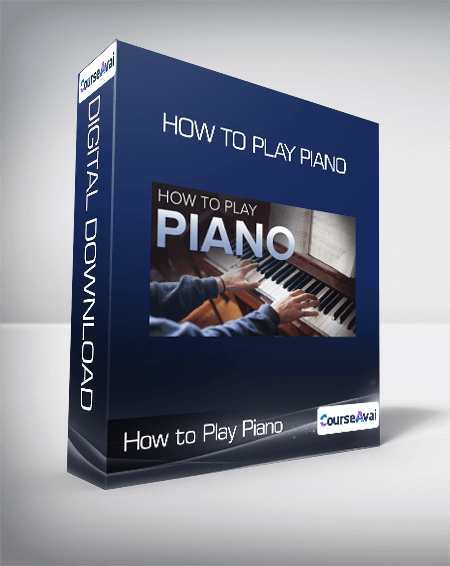
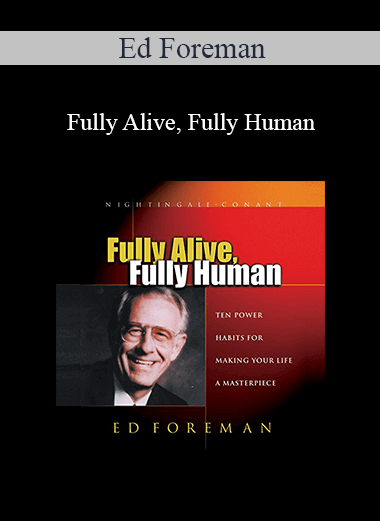
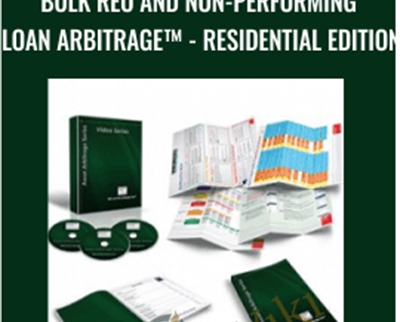
 Purchase this course you will earn
Purchase this course you will earn 


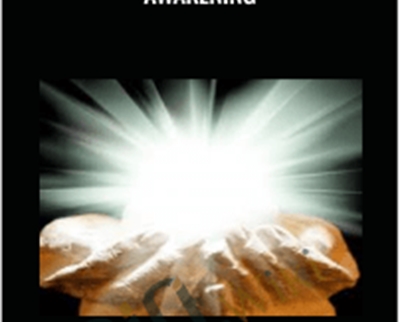
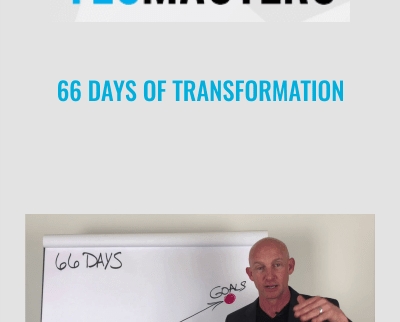
Reviews
There are no reviews yet.